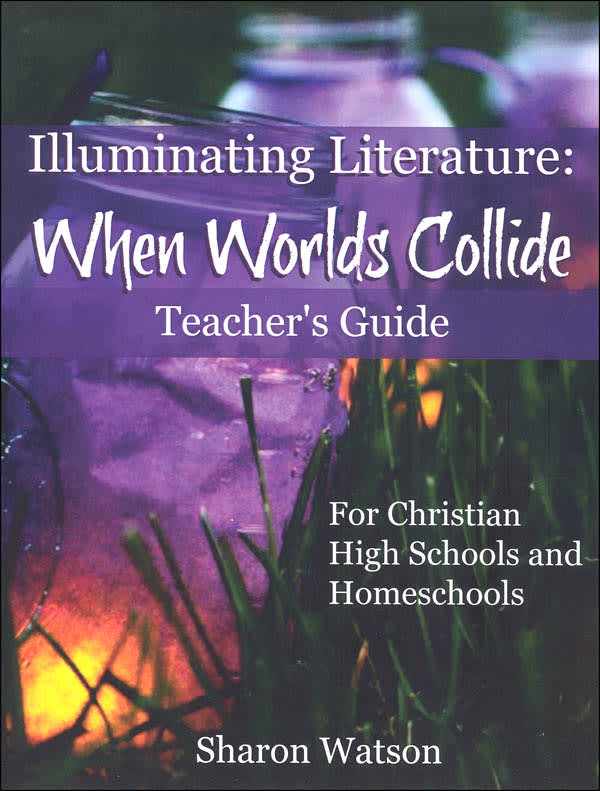- Bargain Items are brand-new products that have been dinged, dented, or scuffed, but are otherwise in usable condition.
- Bargain Items have limited inventory, and they are only reserved for you when checkout is completed.
- Bargain Items are non-returnable and non-refundable.
The easy to follow Teacher's Guide is written directly to the teacher. If you feel a bit intimidated teaching literature, this guide, although not scripted, will provide what you'll need to aid your student. Four pages of the TG provide an overview of the key topics covered each month. Answers for all student work and detailed responses to discussion questions, along with where to locate these answers in the literature, are provided. Grading and evaluation are straightforward and fairly simple. The overall course grade is comprised of 3 components: the Grading Grid score, a vocabulary grade and activity grade for each book. The teacher will use the reproducible Grading Grid to evaluate the student's work. With this measuring tool, students are graded on 7 tasks. For five of the tasks, teachers evaluate only the student's level of completion/involvement in certain tasks. The final two evaluations are comprised of the Yes, I Read It (reading comprehension) and Literary Terms quiz grades. At the end of each chapter, students choose from various multiple-learning-style activities that expand on and respond to literary themes: mapping, writing music, reenacting, history, imitating, responding to author or characters, etc. The TG provides brief suggestions and guidance for these activities. However, the teacher will decide how activities are evaluated. 8.5" x 11" 182 pp, sc.


